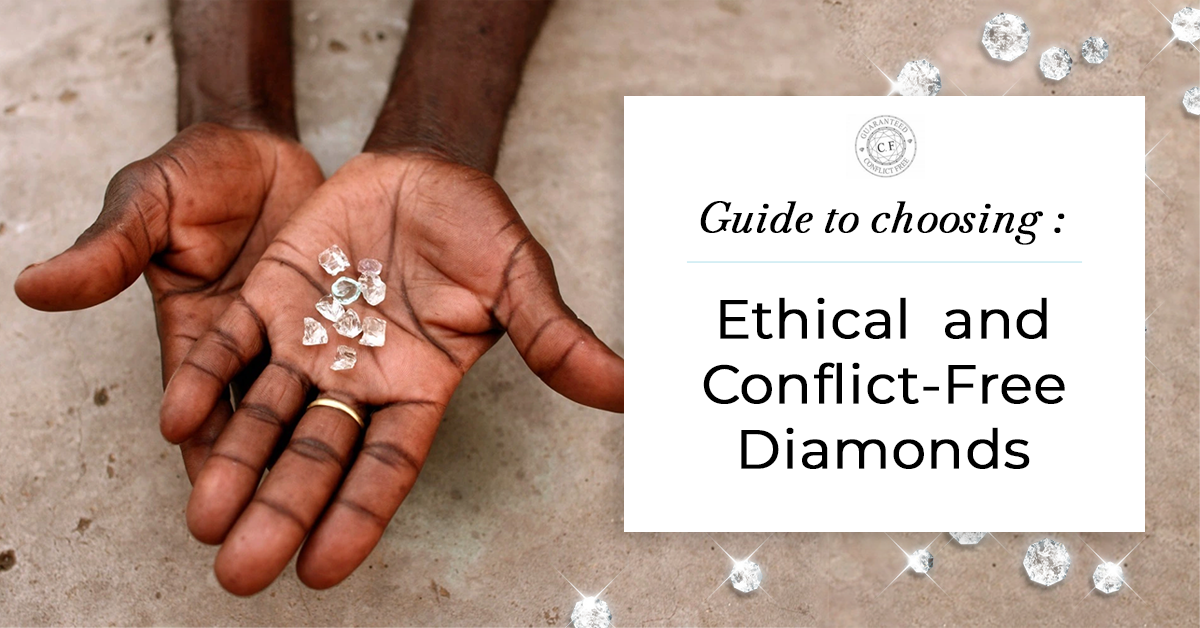
Ethical and conflict-free diamonds have gained immense popularity in the last few years. Consumers who want to ensure that their jewelry purchases are honest and do not contribute to exploiting others opt for conflict-free diamonds. Being certified free from human rights abuses and armed conflict, these diamonds are sourced from mines where workers have safe working conditions, are paid fairly, and maintain environmental standards.
As the demand for ethical and conflict-free diamonds grows, companies are taking a positive step towards a more sustainable diamond industry. With transparency in the supply chain and responsible sourcing practices, there’s an ultimate shift towards conflict-free diamonds.
This guide primarily discusses how you can choose ethical and conflict-free diamonds – and enjoy their beauty without worry or guilt.
Sections in the Blog:
What are Conflict Diamonds?
How long have Conflict Diamonds been around?
Are Conflict Diamonds Bad?
What do Conflict-free Diamonds look like?
Are conflict-free Diamonds Natural Diamonds?
Why is it Essential to have Conflict-free and Ethically Sourced Diamonds?
Where do Conflict-free Diamonds come from?
How to Determine if your Diamond is Conflict-free and Ethically Sourced?
Are Conflict-free Diamonds Sustainable?
The Kimberley Process: Explained
Ethically Sourced Diamonds vs. Conflict-Free Diamonds: What’s The Difference?
Select Diamonds from Conflict-free Areas
Alternatives to Conflict-free Diamonds that are Ethical
Ethically Sourced Diamonds at La Joya
The Bottom Line
Key Takeaways
FAQS on Ethical and Conflict-Free Diamonds
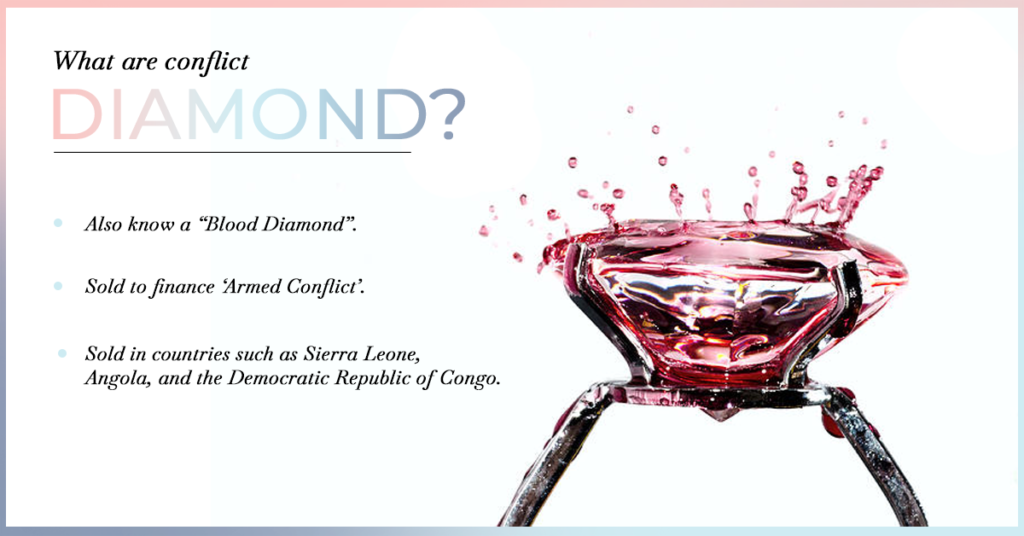
Conflict or blood diamonds are mined in war zones and extracted by forced labor and child labor. They are sold to finance armed conflict against governments. This trade of human rights abuses and sale funds violence is prevalent in many countries, including Sierra Leone, Angola, and the Democratic Republic of Congo. To prevent corruption and abuse, the Kimberley Process Certification Scheme was established.
The process requires countries that produce diamonds to certify their exports as conflict-free. However, despite efforts to demolish the business of conflict diamonds, they still enter the market through illegal channels. While the importance of conflict diamonds is neglected, realizing their impact on the diamond industry and society is essential.
Conflict diamonds have been around for centuries. The term refers to the illicit production of diamonds in war zones sold to finance armed conflict against governments. These diamonds have fueled human rights violations and brutal wars in several countries. When this issue garnered international attention, the Kimberley Process Certification Scheme was initiated in 2003.
The scheme aims to prevent the illegal trade of diamonds, making the diamond industry ethical and conflict-free. However, its effectiveness has been questioned due to the need for more enforcement and transparency. Hence, consumers must know the issue and avoid purchasing conflict diamonds. We can help promote peace and human rights in affected areas by supporting ethical and conflict-free diamond-sourcing practices.
Yes. Conflict diamonds are sourced through illegal practices, abusing fundamental human rights. The trade of conflict diamonds has caused massive suffering for those involved in producing and transporting them. The profits made from the sale were funded to finance brutal wars, which led to the displacement of people and countless deaths.
After the Kimberley Process Certification Scheme was initiated, its effectiveness is still questioned today. Conflict diamonds are smuggled out of war zones via illegal channels, persisting violence, and human rights abuse. Therefore, consumers should ensure they do not support this harmful trade and opt for conflict-free and ethical diamonds.
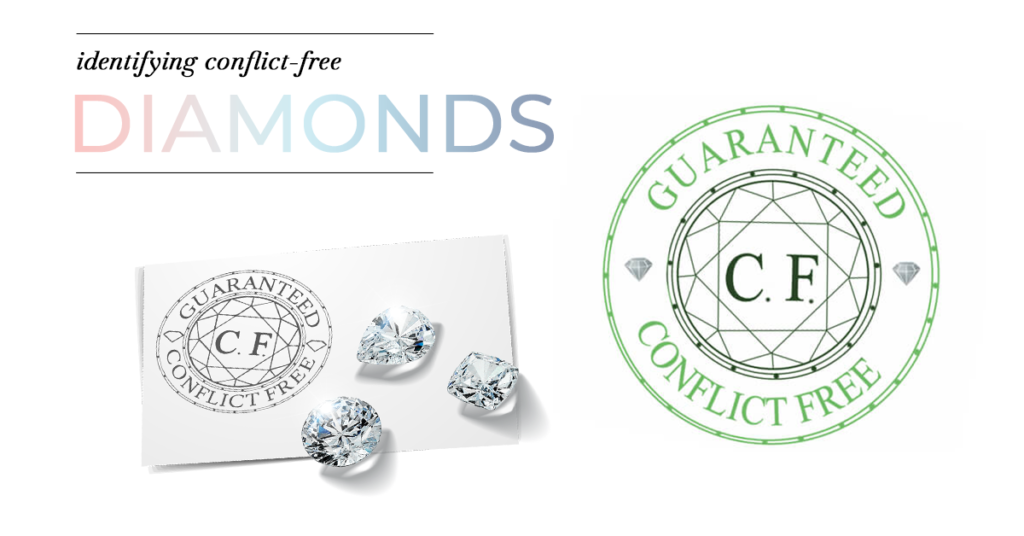
Conflict-free diamonds are manufactured in various sizes, shapes, and colors. They are identical to conventional diamonds. The difference, however, lies in their production practices. While conflict diamonds are made employing illegal techniques, conflict-free diamonds are mined under upheld environmental standards without violence or human rights violation. Further, no child or forced labor is involved.
Consumers can identify whether the diamond is conflict or conflict-free by looking for the Kimberley Process Certification on the jewelry item. These certifications ensure the diamond is ethically sourced, giving consumers peace of mind that their purchase isn’t promoting human rights abuse or environmental demolition.
Conflict-free diamonds are the epitome of beauty and elegance, with their sparkling facets reflecting light in all possible directions. They are free from unethical practices that are associated with diamond mining. Whether you prefer classic round cuts or unique cushion cuts, you can fit the perfect conflict-free diamond to your requirements. Conflict-free diamonds are a gift with their timeless beauty and responsible sourcing.
Yes, conflict-free diamonds are natural diamonds that have been ethically produced. Ensuring that the environment is protected and the workers are treated fair, these diamonds trace back to mines that adhere to strict trade and environmental laws. Conflict-free diamonds are priced a little higher than conventional ones, but they also ensure peace of mind for consumers. Additionally, it is essential to note that not all diamond suppliers can guarantee whether or not their diamonds are conflict-free. Therefore, be more careful when purchasing.
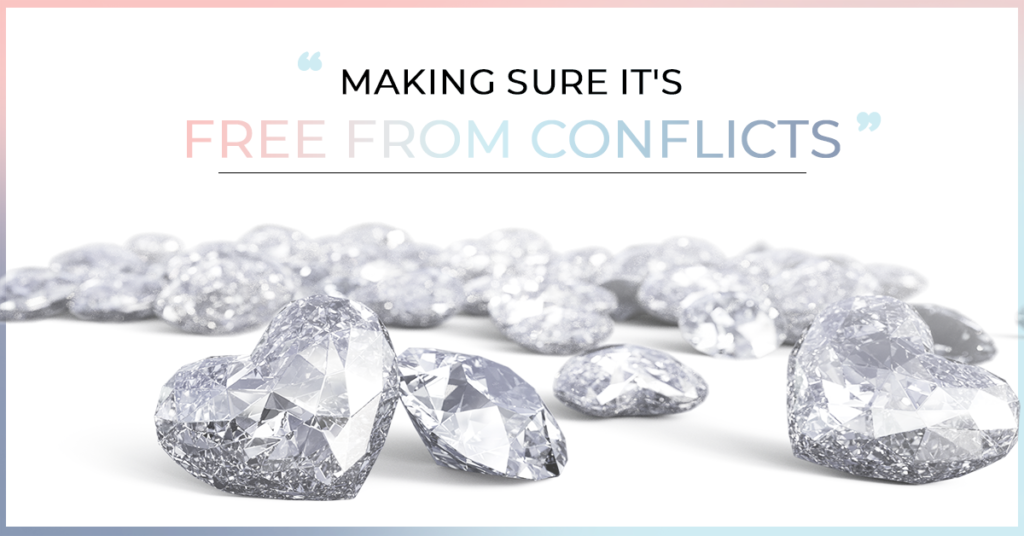
Conflict-free and ethically sourced diamonds are essential because they suit the environment. Not only do they condone unethical practices or finance violence, but they also provide safe working environments and fair pay to the miners. Conventional diamonds are often mined under abusive labor conditions, leading to child and forced labor, environmental degradation, and human rights violation.
On the contrary, conflict-free diamonds are certified by the government and distributed without any link to abuse or violation. Ethically sourced diamonds go beyond this and ensure the safety of the workers. The profits made by the trade of conventional diamonds were sold to finance armed conflict against governments. However, the workers receive fair pay by mining ethical diamonds. Unlike traditional diamond production, they also prioritize minimizing harm to nature by employing sustainable mining practices.
When you choose conflict-free and ethically sourced diamonds over conventional ones, you support a meaningful cause, promoting ethical business practices while relishing the elegance and refinement of a high-quality jewel.
Conflict-free diamonds come from mines using ethical and environmentally sustainable practices. They are found in several locations worldwide, including Russia, Australia, and Canada. These diamonds promote peace and positivity. Additionally, some jewelers track their diamonds from the mine to market to ensure they do not receive a deceitful product. Even today, diamonds enter the market via illicit channels. Thus, to provide consumers with assurance, these diamonds are tracked.
The mines in which conflict-free diamonds are produced are certified by organizations such as the Kimberley Process Certification Scheme or the Responsible Jewelry Council. They guarantee that the diamonds are ethically sourced and do not condone illegal practices. Some conflict-free diamonds come from recycling sources, such as industrial or vintage jewels. These diamonds are pricier than the traditional ones but ensure consumers’ peace of mind and environmental protection.
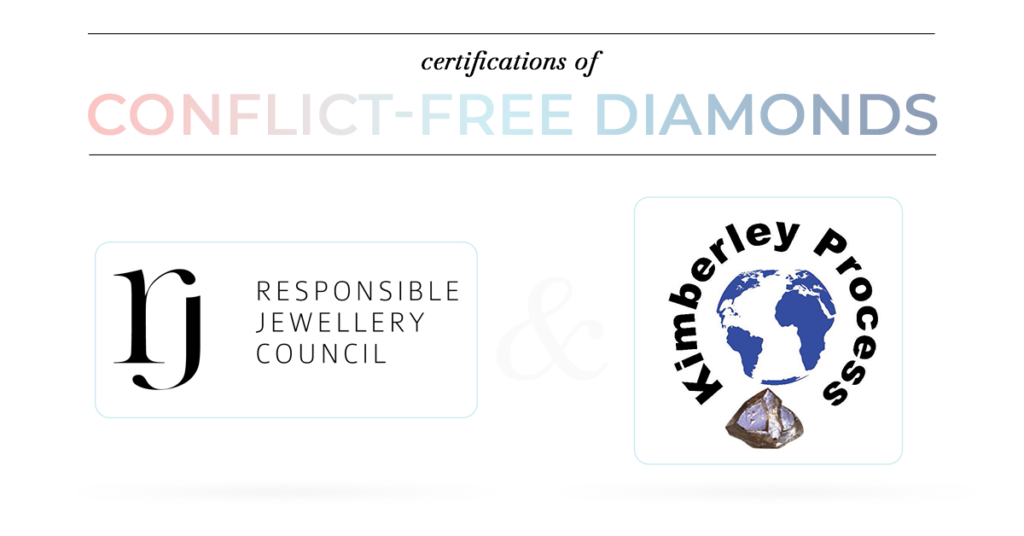
When determining whether or not your diamond is conflict-free and ethically sourced, keep a few things in mind. First, check for certifications. One of the most reliable ways to assess that your diamond is conflict-free is by checking certifications, such as the Responsible Jewelry Council or Kimberley Process Certification Scheme. These organizations work to guarantee that the diamonds are produced ethically and are not used to fund government conflicts.
Next, ask your jeweler where they get their diamonds and if they track them from the mine to the market. Finally, you can purchase lab-grown diamonds manufactured in a controlled environment. By taking these steps, you can rest assured that your diamond is elegant, conflict-free, and responsibly sourced.
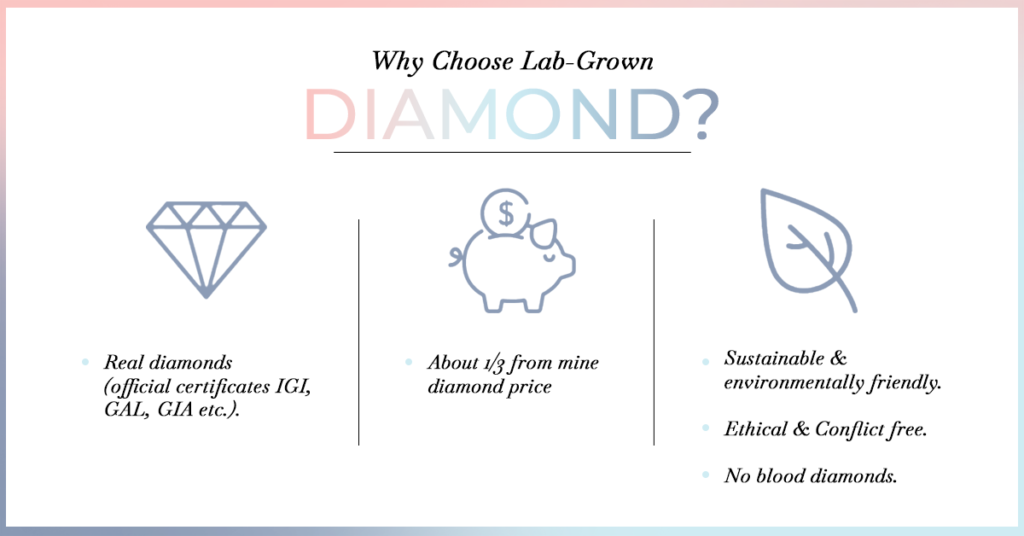
Conflict-free diamonds are eco-friendly, ethically sourced, and traded as a sustainable alternative to traditional ones. However, the sustainability of these diamonds is often questioned. While they do not encourage environmental deterioration or human rights violations, ample resources and energy are required to extract and process these diamonds. Furthermore, the demand for diamonds externalizes a culture of consumerism that adds to over-consumption and waste.
Besides, the certifications of conflict-free diamonds aren’t always reliable and transparent. Ultimately, while ethically sourced and conflict-free diamonds are a positive move towards responsible consumption practices, they are not 100% sustainable. The diamond industry was initially scattered with violence and abuse; however, there have been positive changes today. It will be a while before we can entirely rely on the sustainability of conflict-free diamonds.
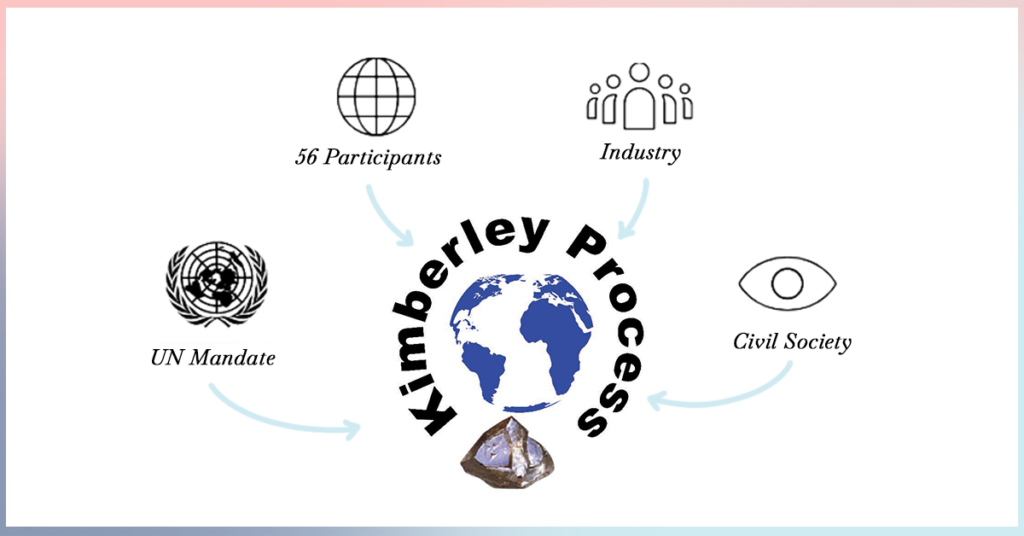
Established in 2003, the Kimberley Process Certification Scheme (KPCS) is a combined initiative between industries, governments, and civil societies. The scheme was initiated after it was announced that diamonds were being used to finance conflicts in Africa.
Under the KPCS, an internal system of controls is set to ensure that rough diamonds are not traded to fund brutal wars or disputes. Shipment of conflict-free rough diamonds is also certified. The certification scheme is affirmed by a regulatory system, tracking diamonds from mine to market. Each shipment of rough diamonds is supported by credentials, ensuring its conflict-free status.
Currently, KPCS has 55 individual countries and the European Union with 56 participants. It has been successfully running for two decades, reducing the trade in conflict diamonds. While transparency and effectiveness issues persist, it is one step forward toward preserving human rights and the environment.
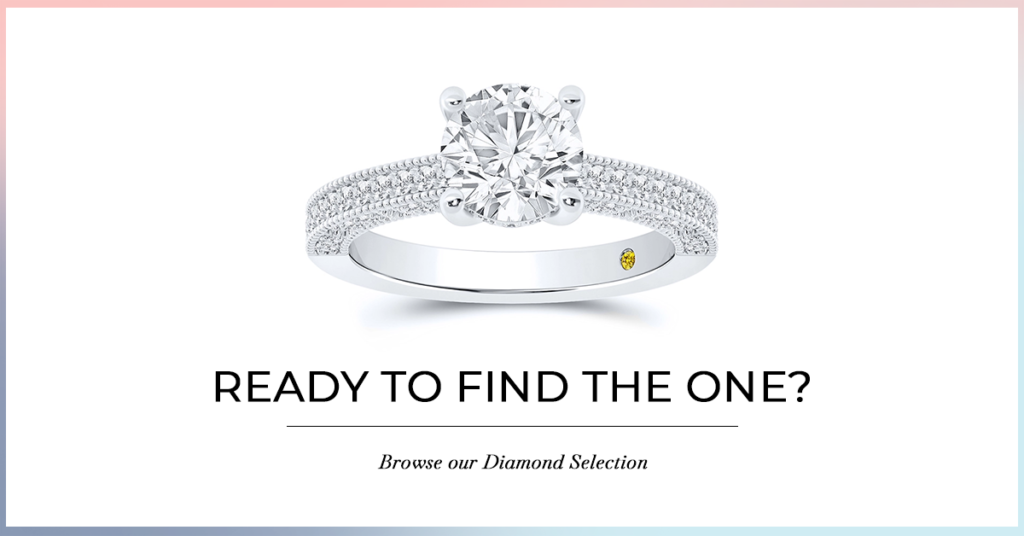
Ethically sourced diamonds are mined to encourage environmental accountability and fair labor policies. They do not incorporate child or forced labor practices. Furthermore, these diamonds are traceable, assuring consumers of their ethical origin. Conflict-free diamonds, on the contrary, aren’t used to fund armed conflicts.
While this is a fundamental distinction, it doesn’t guarantee that the diamond was ethically sourced. It may or may not be possible for a diamond to be ethically sourced and conflict-free, as there isn’t any concrete evidence. Ultimately, it is vital to do research before choosing an ethically sourced, conflict-free diamond.
As a consumer, you must choose your diamond from conflict-free areas. La Joya is one of the leading brands of ethical, conflict-free diamonds. Picked for being ethically and environmentally responsible, they have created their protocol for diamond sourcing. The diamonds are exquisite, carved without exploiting workers or funding violence.
The best alternative to conflict-free diamonds is lab-grown diamonds. Manufactured using advanced natural diamond-growing technology in a lab, there is no risk of environmental degradation or human rights abuse. Another ethical option is to opt for antique or vintage diamonds. These were mined before modern conflicts. Furthermore, you may also choose recycled gold or platinum.
There are other gemstones – beautiful and ethical, such as sapphires, rubies, and moissanite. These stones are less expensive than conventional diamonds, making them a lucrative choice for those on a budget.
At La Joya, we believe in providing elegance without compromising ethical standards. Our diamonds are carefully sourced from mines that embrace stringent labor and environmental laws. We only work with suppliers who share our work ethics and ensure that every diamond we offer isn’t just beautiful but responsibly sourced. We prioritize transparency and sustainability from initial diamond mining to the final setting.
La Joya ethical diamonds are sourced via the rigid procedure of selection and verification. They are mined in conflict-free zones, where the workers aren’t abused and are paid decently. The diamonds that are then transported to our facilities undergo stringent quality control criteria to assure an increased level of purity and grandness.
Every diamond is thoroughly examined for any signs of imperfection or damage before being refined by our skilled craftsmen. The ultimate product is a gorgeous, ethically-sourced diamond that meets quality standards, sustainability, and environmental responsibility.
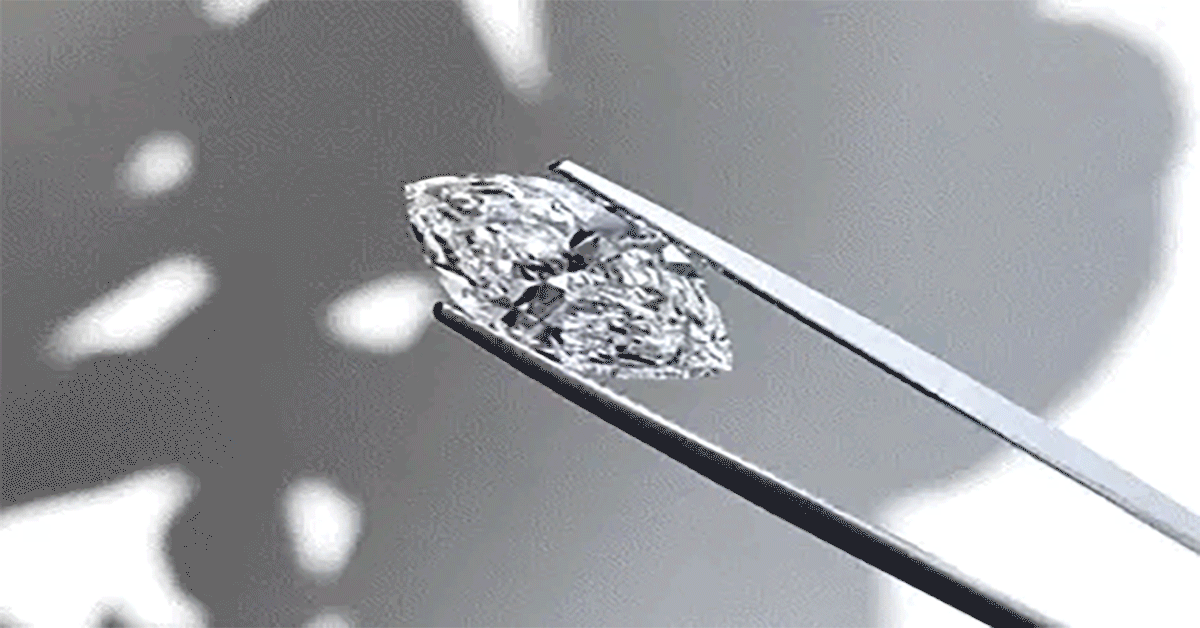
When you choose a La Joya diamond, you can rest assured that your purchase fully supports fair labor practices and environmental protection. At La Joya, we acknowledge that beauty never comes at the cost of human rights or social degradation. We take extra care to ensure that our diamonds are sourced honestly and transparently. So, discover our anthology of ethically sourced diamonds and find the perfect piece to admire forever!
Buying conflict-free diamonds might seem daunting as there are potential risks involved in the buying process. While conflict-free diamonds do not fund government conflicts, the purchase is risky. Many jewelers falsely claim that their diamond is conflict-free and responsibly sourced. Furthermore, certification schemes vary by organization and country. Another risk factor is even if the diamond is conflict-free, it may still be unethically produced. Do thorough research and consider all factors before making a purchase.
Not entirely. While ethically sourced and conflict-free diamonds don’t encourage illicit practices, their sustainability isn’t 100%. They are, however, more sustainable than conventional ones. A significant amount of energy and resources is employed in mining these diamonds. To further improve sustainability, diamond companies such as La Joya weigh the ethical and environmental considerations prior, making it a reliable source to purchase your diamond.
Conflict diamonds were used to finance military action opposing those governments, causing violence and human rights abuses. These diamonds have been the subject of international scrutiny since the 1990s. Many companies are working to ensure that all diamonds are ethically sourced and conflict-free.
Yes, you should. Conflict-free diamonds are an excellent purchase to avoid guilt and worry. Weigh your options, and you will realize that choosing a conflict-free diamond isn’t just about personal ethics – it’s an act of solidarity. If you want a diamond, why go for the regular conventional ones, where the mining practices are illicit? Instead, opt for something fair to human rights and nature. For high-quality, conflict-free diamonds, you may visit La Joya. We adhere to quality, sustainability, and responsibility when serving our customers.
You should buy conflict-free diamonds as they don’t support unethical or violent practices of diamond mining. By purchasing an ethically-sourced conflict free diamond, you can have a peace of mind knowing you’re contributing to the prosperity of nature and human rights. Additionally, choosing a conflict-free diamond can potentially expand the diamond’s significance over time as the need for ethically-sourced gems continues to grow.
When purchasing a diamond, it is essential to ensure it is conflict-free. To ensure you are making the right choice, look for KPCS OR Kimberley Process Certification Scheme-certified diamonds. You may also ask your jeweler for a written guarantee that the diamond you are buying is responsibly sourced.
Everything. Purchasing a conflict diamond implies you are contributing to the suffering of those affected by the mining industry. Consumers must know the illicit practices and choose conflict-free and ethically sourced diamonds.
Lab-grown diamonds are conflict-free and are 100% natural diamonds. Unlike earth-mined conventional diamonds, they are guaranteed conflict-free, as they are manufactured in a controlled setting.
About 99% of diamonds traded today are conflict-free. In 2003, governmental and nongovernmental organizations established the Kimberley Process Scheme. They regulate the import and export of diamonds, eliminating the trade of conflict diamonds.
There are only a few reliable sources for truly conflict-free diamonds. Australia, Canada, and Botswana, Africa, are prolific. The Australian Mines are the Argyle Mine, owned by The Rio Tinto Mining Company, and the Ellendale, owned by Goodrich Resources.
Unfortunately, there is no sure shot way that tells you whether a diamond is a conflict or conflict-free diamond. Once the rough diamond has been cut and polished, you cannot tell where it was mined. However, you may ask the jeweler about the diamond’s ethical origin before purchasing.
Most conflict diamonds are found in Angola, Sierra Leone, the Democratic Republic of Congo, Liberia, and the Ivory Coast. The United Nations and other groups are working to block the entry of conflict diamonds into the worldwide diamond trade, as per geology.com.
Shop by metal
Shop by diamond
@ All rights reserved La Joya Jewelry Inc